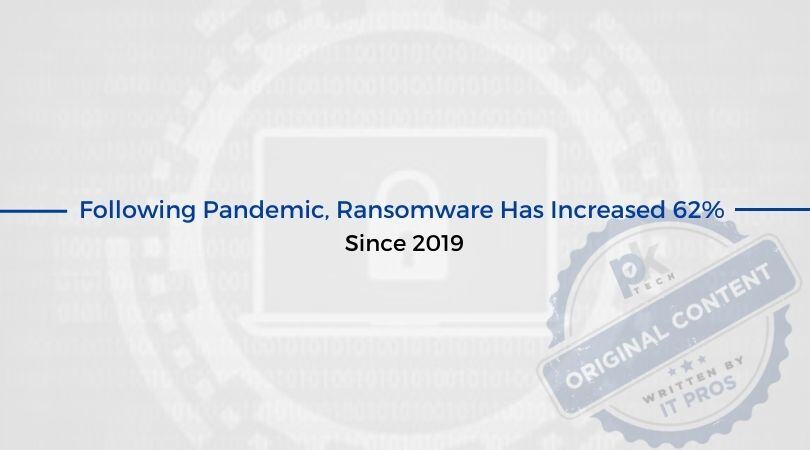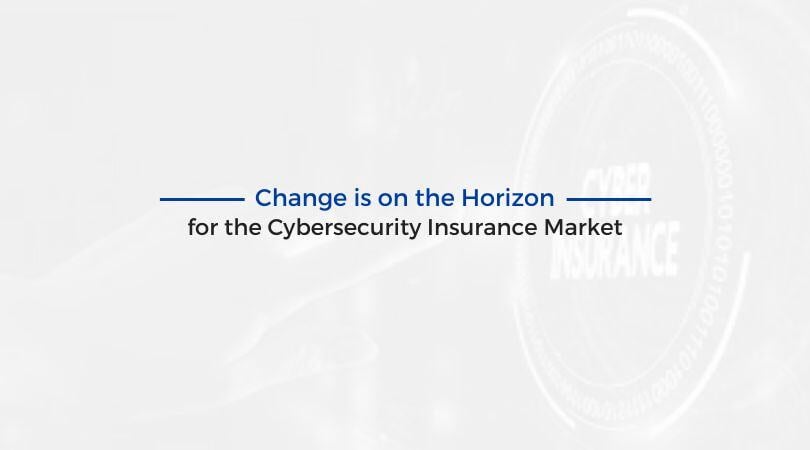Change is on the Horizon for the Cybersecurity Insurance Market
Along with the constant evolution of cybersecurity, the cybersecurity insurance market is also seeing change coming down the pipeline. As...

Since 2019, we’ve seen working environments evolve faster and more drastically than ever before. The Covid-19 global pandemic was the main culprit, as the work-from-home reality resulted in unprecedented change for organizations. With these changes, we saw threat actors evolve at similar (or faster) rates, with cybercriminals hungry to take advantage of organizations with expanded attack surfaces due to a remote workforce and heavily cloud-based tools.
As we consider how cyber actors are evolving, it’s important to remember that there are no boundaries or code of ethics. Their only goal is a successful attack. The means to get there know no bounds. With technology evolving at an unprecedented rate, attack tactics also evolve in parallel.
Let’s take a look at the 2021 SonicWall Cyber Threat Report, which details how Covid-19 provided cybercriminals with the needed opportunity for more aggressive, powerful, and numerous attacks. To view the full report, click here. They preyed on the ever-evolving mobile and remote workforces and organizations navigating a brand new work environment with increased and unexpected vulnerabilities.
The findings of the cyber threat reports are intended to arm organizations with data to inform their cybersecurity efforts better. Remember, the best cybersecurity plan is a preventative one. If PK Tech can support your business in your IT security efforts, get in touch with our team here.

Along with the constant evolution of cybersecurity, the cybersecurity insurance market is also seeing change coming down the pipeline. As...

In the evolving world of cloud computing, Azure Virtual Desktop (AVD) has emerged as a game-changer, revolutionizing the way organizations approach...

1 min read
Why are backups no longer enough to protect your organization from ransomware? Let’s start here: cybercriminals are evolving, and they’re...